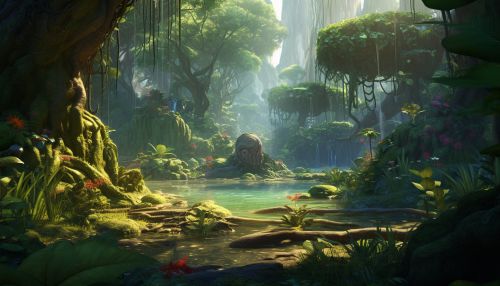Biodiversity Hotspot
Introduction
Biodiversity hotspots are regions of the world with a significant reservoir of biodiverse species that are under threat from human activities. These areas are rich in endemic species, meaning species that are found nowhere else on Earth. The concept of biodiversity hotspots was first put forth by Dr. Norman Myers in 1988 as a strategic way to prioritize conservation efforts.
Definition and Criteria
A biodiversity hotspot is defined by two main criteria: it must contain at least 0.5% or 1,500 species of vascular flora as endemics, and it has to have lost at least 70% of its original habitat. The identification of these hotspots is not simply an academic exercise, but a pragmatic approach to conserving some of the most diverse and threatened ecosystems on the planet.
Global Distribution
There are currently 36 areas around the world recognized as biodiversity hotspots. They represent just 2.4% of the Earth's land surface, yet they support more than half of the world's plant species as endemics and nearly 43% of bird, mammal, reptile and amphibian species as endemics. These hotspots are distributed across different continents and oceans, with the majority found in tropical regions.
Significance of Biodiversity Hotspots
Biodiversity hotspots play a critical role in maintaining global biodiversity. They serve as reservoirs of genetic diversity, which is crucial for the adaptation and survival of species in the face of environmental changes. They also provide essential ecosystem services such as water filtration, climate regulation, and pollination, which are vital for human survival and well-being.
Threats to Biodiversity Hotspots
The main threats to biodiversity hotspots are habitat loss and degradation, primarily due to human activities such as deforestation, agriculture, urbanization, and mining. Climate change is also a significant threat, as it can alter the conditions that species are adapted to, potentially leading to local extinctions.
Conservation Strategies
Conservation strategies for biodiversity hotspots include establishing protected areas, promoting sustainable land use practices, and implementing species recovery programs. It is also crucial to involve local communities in conservation efforts, as they often rely on the resources provided by these ecosystems and can play a key role in their protection.


